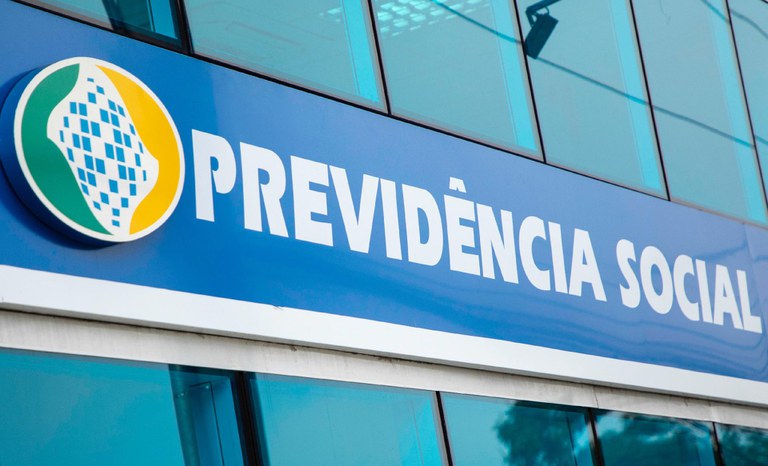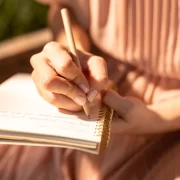
Imagem numa resolução maior (arquivo SVG, de 910 × 630 pixels, tamanho: 896 byte)
Este arquivo é do Wikimedia Commons e pode ser utilizado por outros projetos. Sua página de descrição de arquivo é reproduzida abaixo.
Descrição do arquivo
| DescriçãoFrisian flag.svg |
English: Flag of the Dutch province of Friesland
Nederlands: De Friese vlag en het wapen hebben een gemeenschappelijke herkomst. Al in de elfde eeuw was een vlag met "pompeblêdden" bekend. Dit kan men opmaken uit verzen uit het Gudrunlied. Omstreeks 1200 vertonen Scandinavische wapenschilden velden bestrooid met leliebladen of harten, vaak in combinatie met afbeeldingen van leeuwen.
Het getal 7 dat we tegenkomen in het aantal "pompeblêdden" van de vlag en het aantal blokjes in het wapen, symboliseren de 7 Friese zeelanden: zelfstandige landstreken langs de kust van Alkmaar tot de Weser, die samengingen in een verdedigingsverbond tegen de Noormannen. De drie witte strepen staan voor de platteland streken : Oostergo, Westergo en Zevenwouden. De blauwe strepen voor de Friese rivieren. De zeven pompebladen staan voor de zeven oude Friese zeelanden, zoals die bestonden tussen de achtste en veertiende eeuw:
Uit vijftiende eeuwse wapenboeken blijkt dat omstreeks die tijd uit het wapen met de "pompeblêdden" en de leeuwen twee wapens zijn voortgekomen: het leeuwenwapen met de 7 tot blokjes omgevormde "pompeblêden", en het wapen met banen op een met "pompeblêden" gedamasceerd veld. Dit laatste wapen wordt in de negentiende eeuw ook als vlag gangbaar. Op 9 juli 1957 wordt in de vergadering van de Staten van Friesland besloten een verzoek aan Hare Majesteit de Koningin te richten om deze vlag met "pompeblêden", als officiële vlag in het gebruik voor de provincie Fryslân te bevestigen. Bij Koninklijk besluit dd. 21 april 1958, no. 12, is de provincie bevestigd in het gebruik van de vlag. De vlag is niet auteursrechtelijk beschermd. Hij wordt door veel friese verenigingen en bedrijven in het logo gebruikt, en kon mede daardoor uitgroeien tot een krachtig symbool van de friese identiteit. |
|||
| Fonte | www.echtefriesevlag.nl | |||
| Autor | P.H. Wagemakers and Joh. Koopmans | |||
| Permissão (Reutilizando este arquivo) |
|
|||
| Outras versões | First version was created by GeeKaa |
É fácil colocar uma borda ao redor desta imagem de uma bandeira :
|

| |
|
[[File:Frisian flag.svg|border|96x176px]] | ||
The google translation to English from the above Dutch is as follows: Dutch: The Frisian flag and the arms have a common origin. Already in the eleventh century was a flag with "pompeblêdden known. This can be see from verses from the Gudrun Lied. Around 1200 are Scandinavian shields fields strewn with lily leaves or hearts, often in combination with images of lions. The number 7, which we encounter in the number of "pompeblêdden" of the flag and the number of blocks in the arms, symbolizing the 7 Frisian countries: autonomous regions along the coast from Alkmaar to the Weser, which went into a defensive alliance against the Vikings.
The three white stripes represent the rural areas: Oostergo, Westergo and Seven Forests. The blue stripes for the Frisian rivers. The seven sheets pump to the seven old Friesian countries, which existed between the eighth and fourteenth century:
Frisia between Rekers and Vlie (West-Friesland, is now in North-Holland) Frisia between Vlie and Middelzee (Westergo, the western part of Friesland) Frisia between Middelzee and Lauwers (Oostergo, the eastern part of Friesland) Seven Forests (the southern part of Friesland) Frisia between Ems and Lauwers (Ommeland, is now in Groningen) Frisia between Ems and Jade (Ostfriesland, is located in Germany) Frisia between Jade and Weser (located in Germany) From five tenths century arms books show that around that time from the arms of the "pompeblêdden and the lions have two arms: the lion of the arms 7 blocks transformed" pompeblêden "and the weapon with jobs on a" pompeblêden "damask field .
This weapon is in the nineteenth century as a common flag. On July 9, 1957 in the meeting of the States of Friesland decided to Her Majesty the Queen to order this flag with pompeblêden ", as the official flag in use for the province of Friesland to confirm.
By Royal Decree dated. April 21, 1958, No. 12, the province confirmed the use of the flag.
The flag is not copyrighted. He is considered by many Frisian associations and companies in the logo, and it could also become a powerful symbol of the Frisian identity
Licenciamento
| Public domainPublic domainfalsefalse |
This image depicts a flag of a Dutch municipality or province. These flags are registered with the Hoge Raad van Adel. Usage of the flag is often restricted by municipal rules and laws.
In view of Dutch legislation, this image is regarded as being in the public domain, as are reproductions of this flag.
Deutsch | English | français | italiano | Nederlands | sicilianu | +/− |
 | |
| Este arquivo foi identificado como livre de restrições conhecidas específicas a direitos autorais, incluindo todos os direitos conexos. | ||
https://creativecommons.org/publicdomain/mark/1.0/PDMCreative Commons Public Domain Mark 1.0falsefalse
Legendas
Itens retratados neste arquivo
retrata
image/svg+xml
Histórico do arquivo
Clique em uma data/horário para ver como o arquivo estava em um dado momento.
| Data e horário | Miniatura | Dimensões | Usuário | Comentário | |
|---|---|---|---|---|---|
| atual | 21h14min de 8 de julho de 2022 |  | 910 × 630 (896 byte) | wikimediacommons>AceT | Reverted to version as of 19:43, 5 October 2014 (UTC) See discussion |
Uso do arquivo
As seguintes 7 páginas usa este arquivo:
Metadados
Este ficheiro contém informação adicional, provavelmente adicionada a partir da câmara digital ou scanner utilizada para criar ou digitalizar a imagem. Caso o ficheiro tenha sido modificado a partir do seu estado original, alguns detalhes poderão não refletir completamente as mudanças efetuadas.
| Largura | 910 |
|---|---|
| Altura | 630 |




 " class="attachment-atbs-s-4_3 size-atbs-s-4_3 wp-post-image" alt="O que estudar para o enem 2023">
" class="attachment-atbs-s-4_3 size-atbs-s-4_3 wp-post-image" alt="O que estudar para o enem 2023"> " class="attachment-atbs-s-4_3 size-atbs-s-4_3 wp-post-image" alt="Qual melhor curso para fazer em 2023">
" class="attachment-atbs-s-4_3 size-atbs-s-4_3 wp-post-image" alt="Qual melhor curso para fazer em 2023"> " class="attachment-atbs-s-4_3 size-atbs-s-4_3 wp-post-image" alt="Enem: Conteúdos E Aulas On-Line São Opção Para Os Estudantes">
" class="attachment-atbs-s-4_3 size-atbs-s-4_3 wp-post-image" alt="Enem: Conteúdos E Aulas On-Line São Opção Para Os Estudantes"> " class="attachment-atbs-s-4_3 size-atbs-s-4_3 wp-post-image" alt="Como Fazer Uma Carta De Apresentação">
" class="attachment-atbs-s-4_3 size-atbs-s-4_3 wp-post-image" alt="Como Fazer Uma Carta De Apresentação"> " class="attachment-atbs-s-4_3 size-atbs-s-4_3 wp-post-image" alt="Como Escrever Uma Boa Redação">
" class="attachment-atbs-s-4_3 size-atbs-s-4_3 wp-post-image" alt="Como Escrever Uma Boa Redação"> " class="attachment-atbs-s-4_3 size-atbs-s-4_3 wp-post-image" alt="Concurso INSS edital 2022 publicado">
" class="attachment-atbs-s-4_3 size-atbs-s-4_3 wp-post-image" alt="Concurso INSS edital 2022 publicado">


